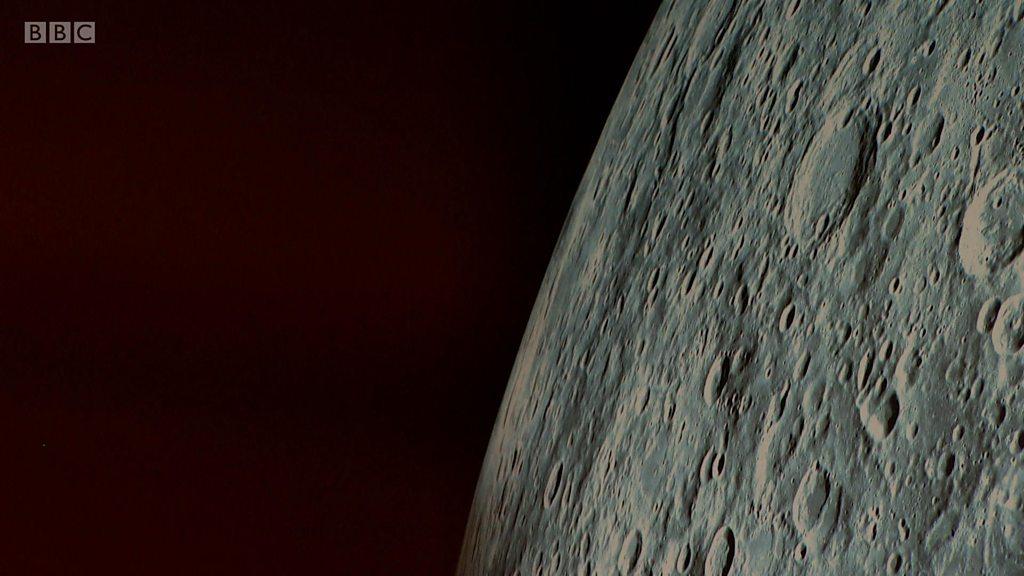Moon installation honours female astronomy pioneer
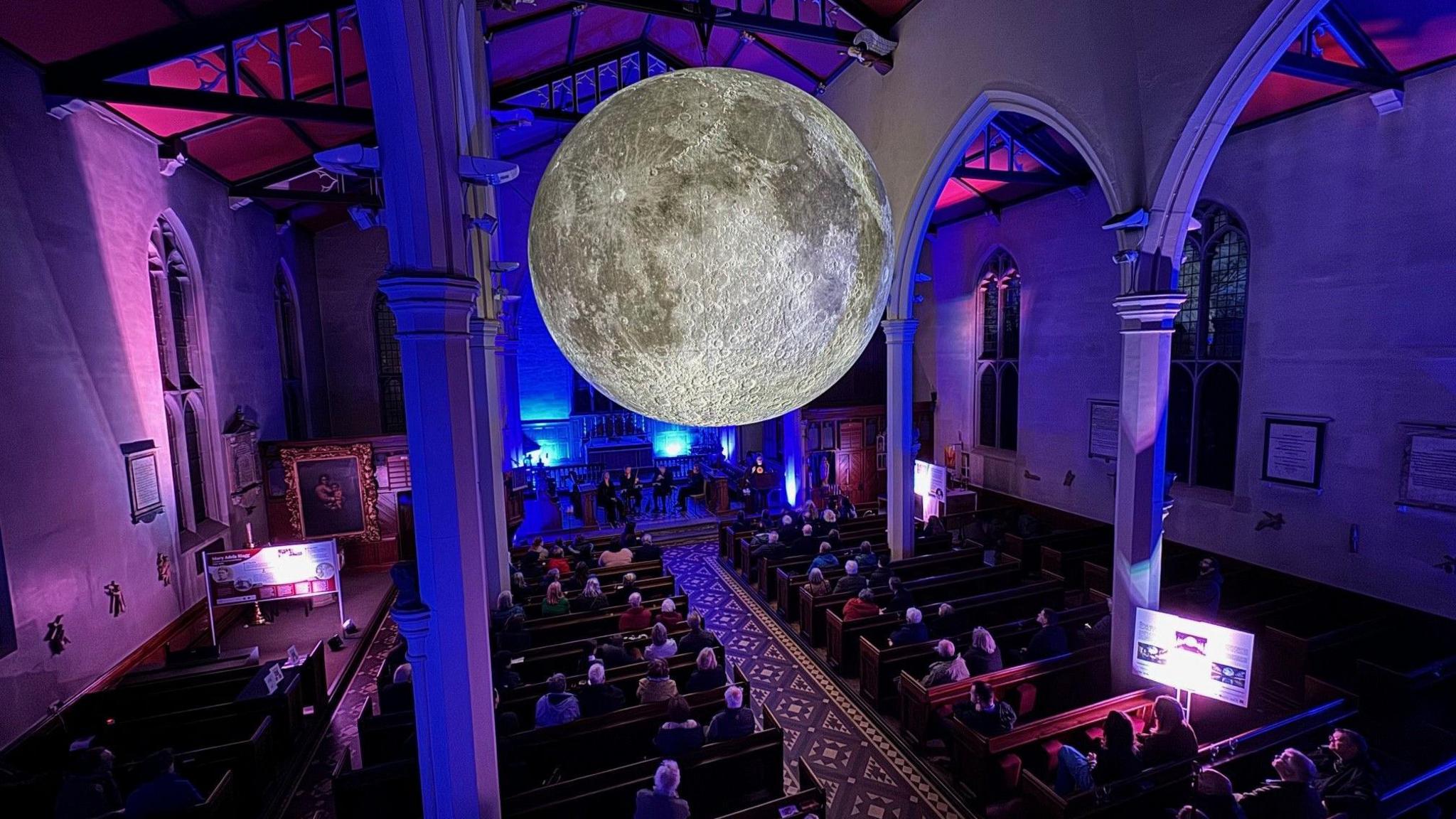
There will be a series of events taking place to coincide with the installation
- Published
A new exhibition has opened in Staffordshire to celebrate the life of a pioneering female astronomer.
Mary Blagg was one of the first four women to be admitted to the Royal Astronomical Society, external, in 1916.
She was born in Cheadle, Staffordshire, and was buried in the churchyard of St Giles The Abbott Church, where the exhibition is being held.
The event has been organised by arts organisation Outside, which is responsible for a number of creative projects taking place in the Staffordshire Moorlands over the course of the next two years.
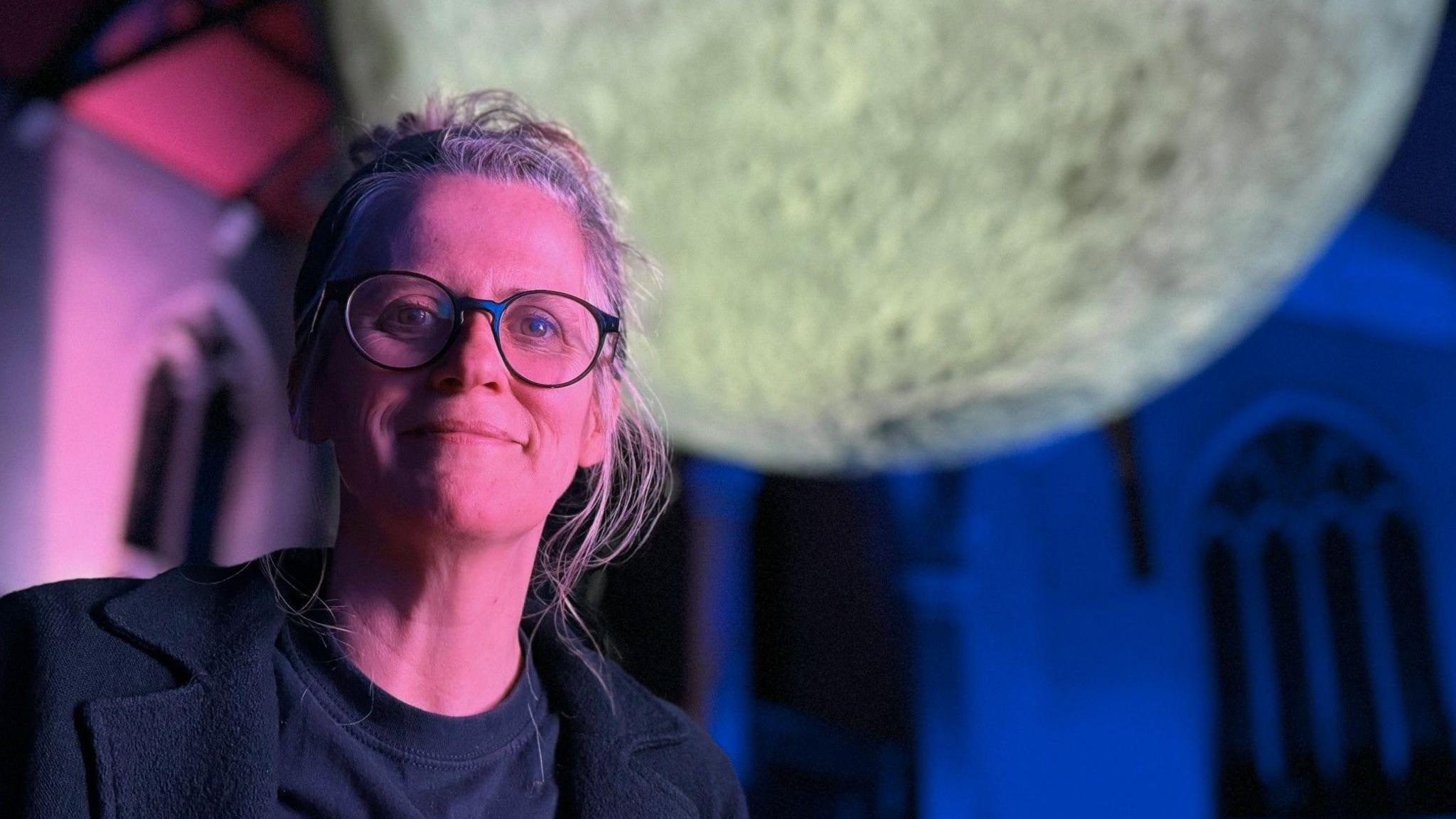
Sarah Bird is the creative director of Outside, which is behind the installation
A giant sculpture of the Moon, which is a focal point of the event, has been designed by artist Luke Jerram.
The sculpture, which is 7m (22ft) in diameter, is an exact scale replica of the Moon’s surface using NASA imagery.
Outside's creative director Sarah Bird said they wanted to do something spectacular, which would stop people in their tracks.
“About a year ago, we sent out a survey for people to tell us about the story they would love to tell about their place,” she said.
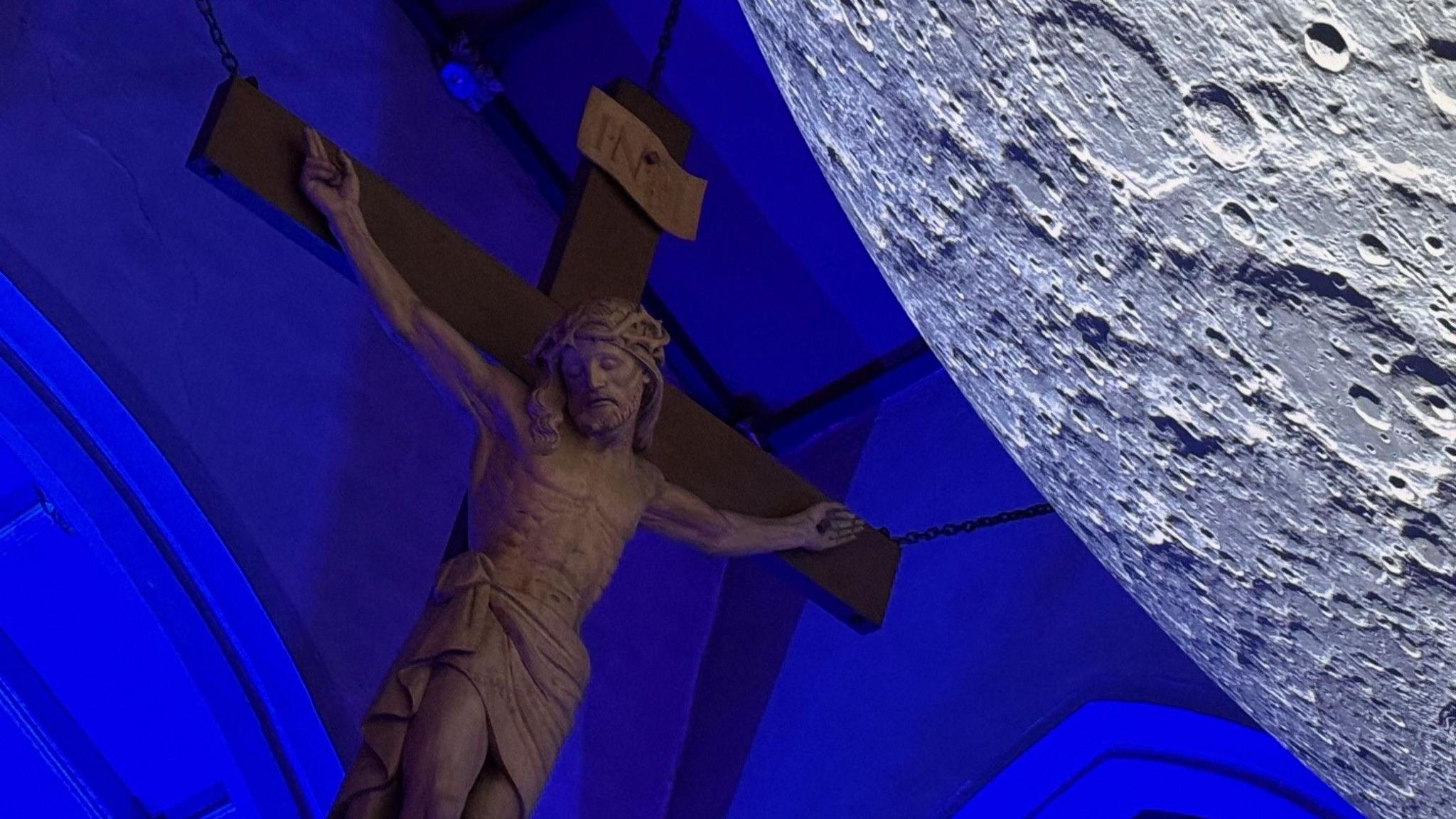
The installation will be at St Giles the Abott in Cheadle until 5 April
“Members of the Cheadle Discovery group contacted us to say they wanted to tell the story of Mary Blagg, a pioneering astronomer who died around 80 years ago.
“They wanted everyone to know Mary’s name and what this extraordinary woman from their place had done and that she’d defied the conventions of her time.”
Mary Blagg had a crater on the lunar surface named in her honour, and in 2018 a plaque was unveiled in her hometown to mark her legacy.
Among a myriad of scientific projects, she undertook a project to create a detailed map of the Moon, which was so accurate that it wasn’t surpassed until the 1960s.
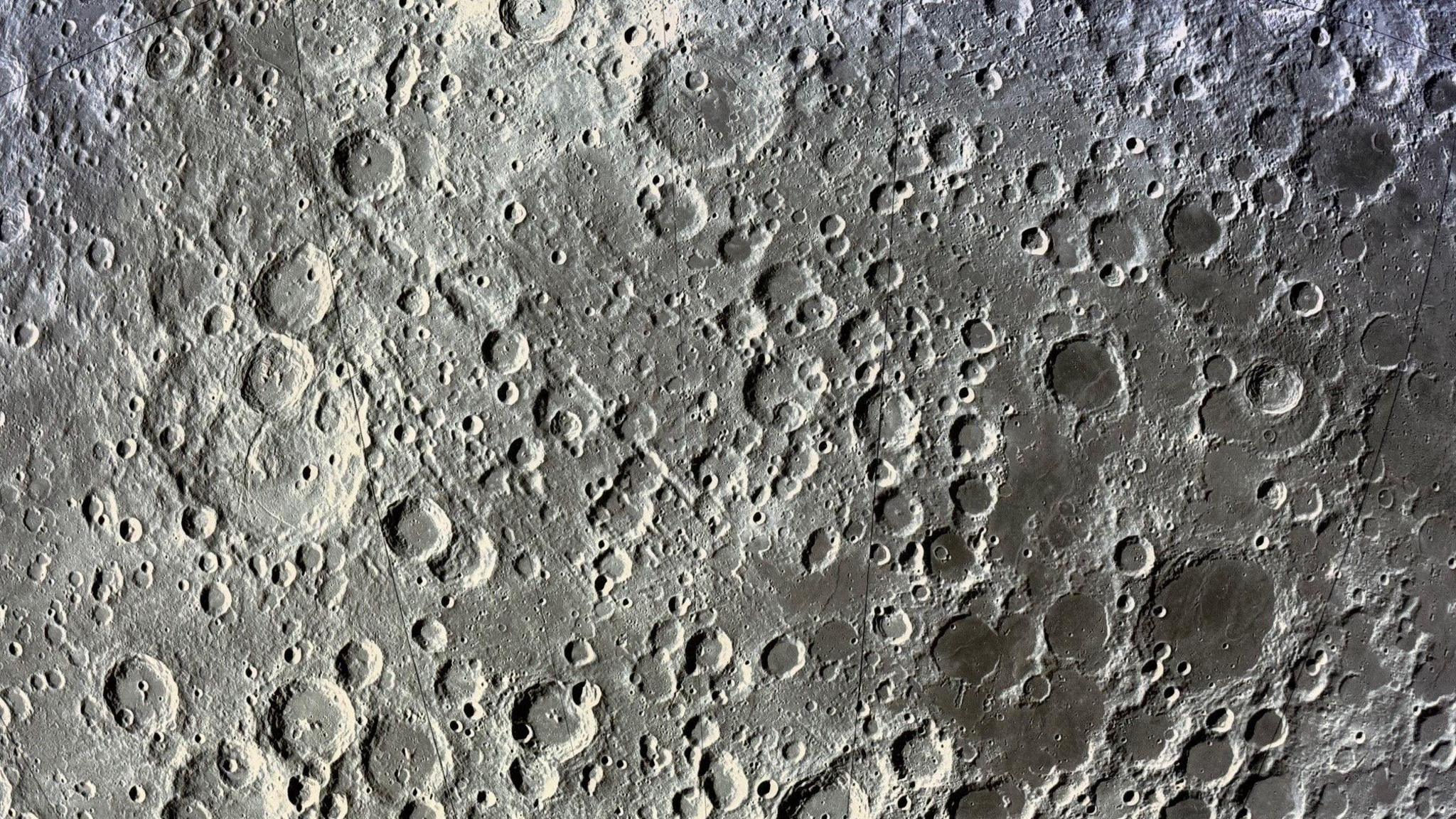
Luke Jerram's Museum of the Moon is a scale replica of the lunar surface using NASA imagery
Ms Bird said: “It’s been a joy over the last year learning about the history and the astronomy and getting to know the community here and finding out what they want to celebrate.
“The really brilliant bit is meeting so many different groups who are already so artistic and creative, and we’re allowed that luxury of being able to amplify how brilliant the community is."
The installation will be on display until 5 April.
Tickets are available free of charge on the Outside website, and there is a programme of events running throughout – including film screenings, craft activities, history talks and theatre performances, yoga, and poetry.
Follow BBC West Midlands on Facebook, external, X, external, and Instagram, external. Send your story ideas to: newsonline.westmidlands@bbc.co.uk, external
Related stories
- Published4 February 2024
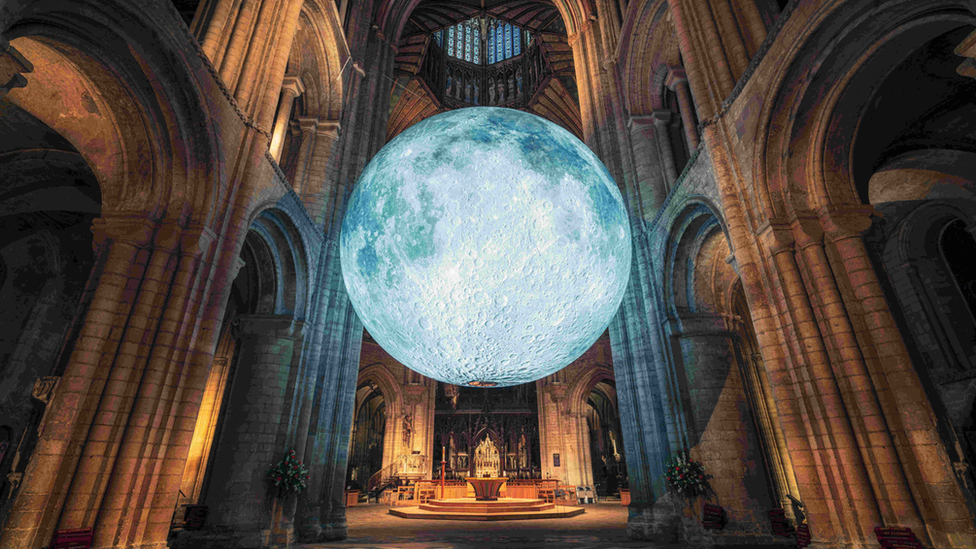
- Published26 January 2022
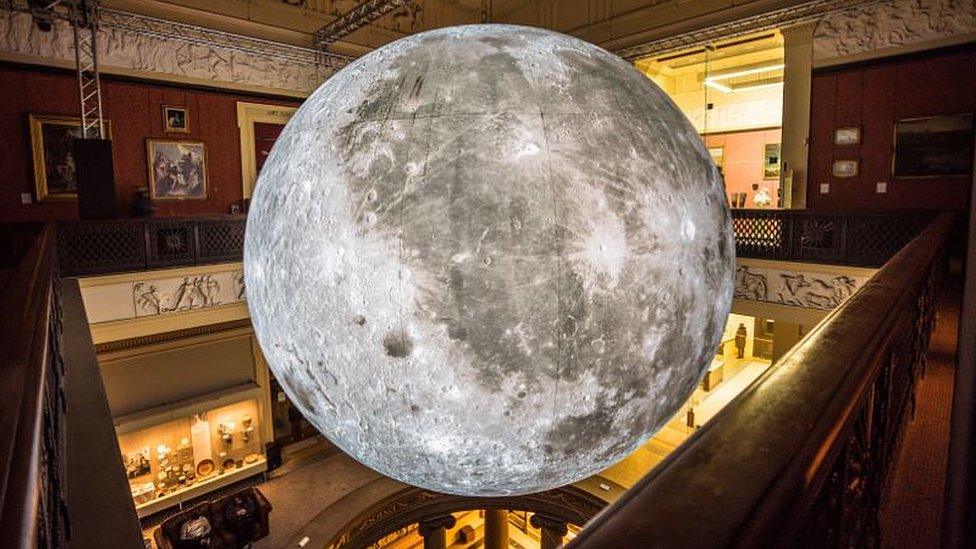
- Published29 May 2018
